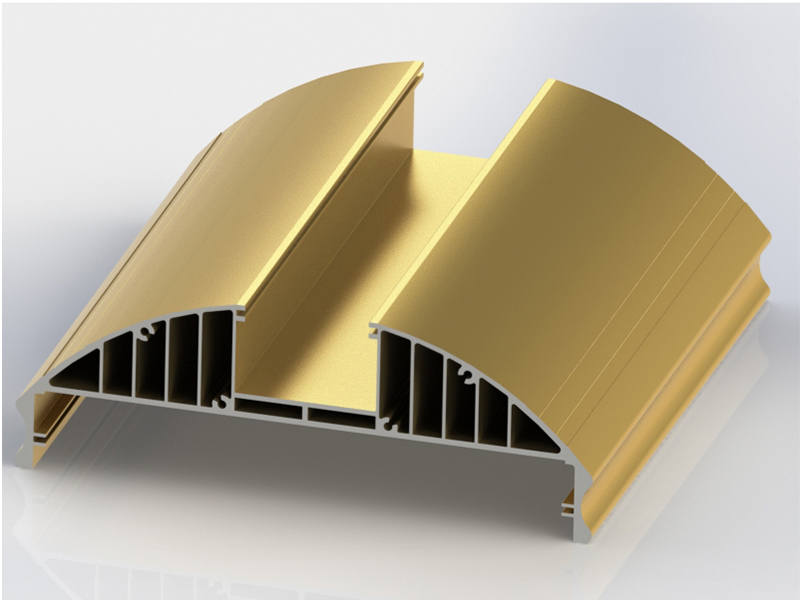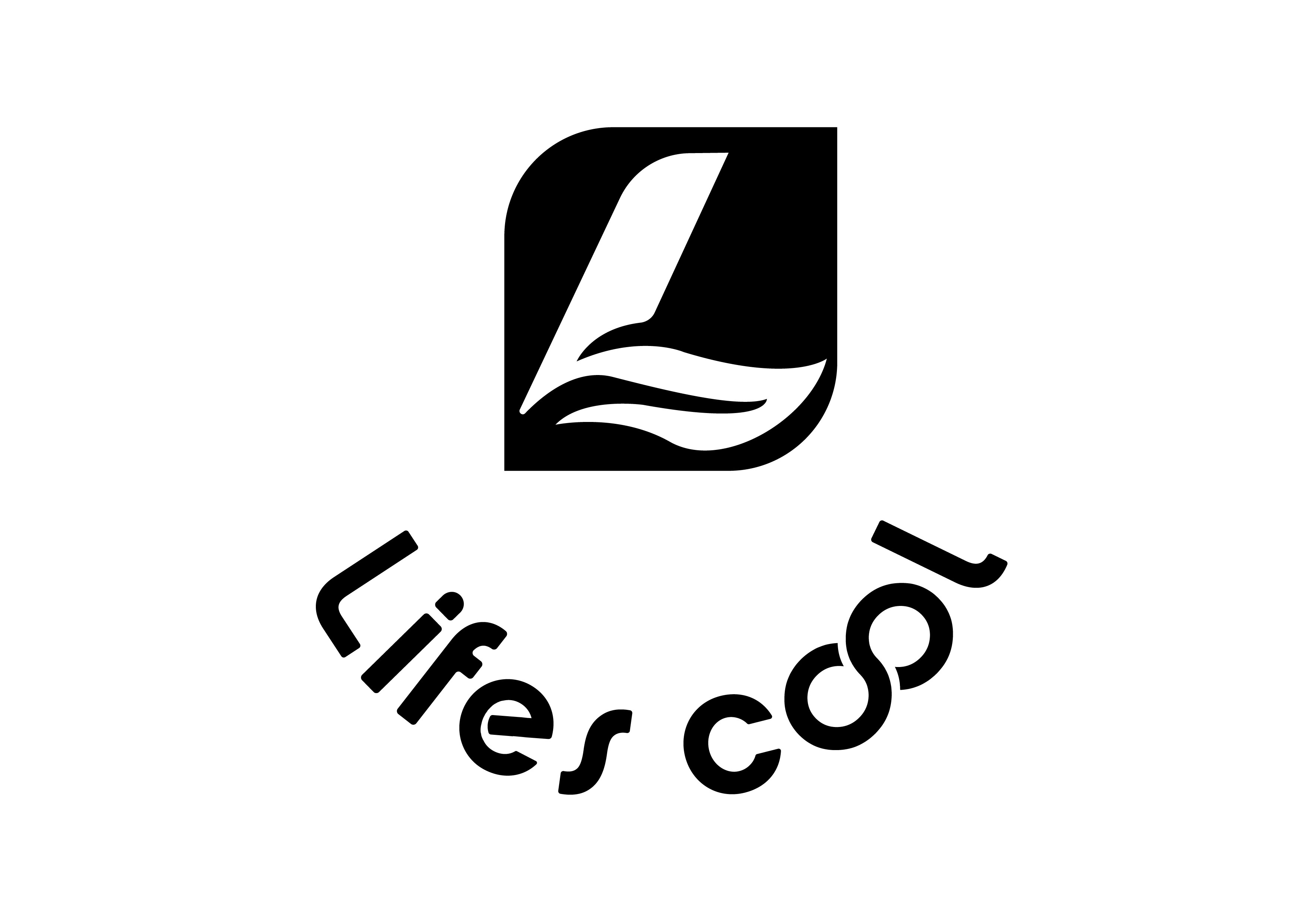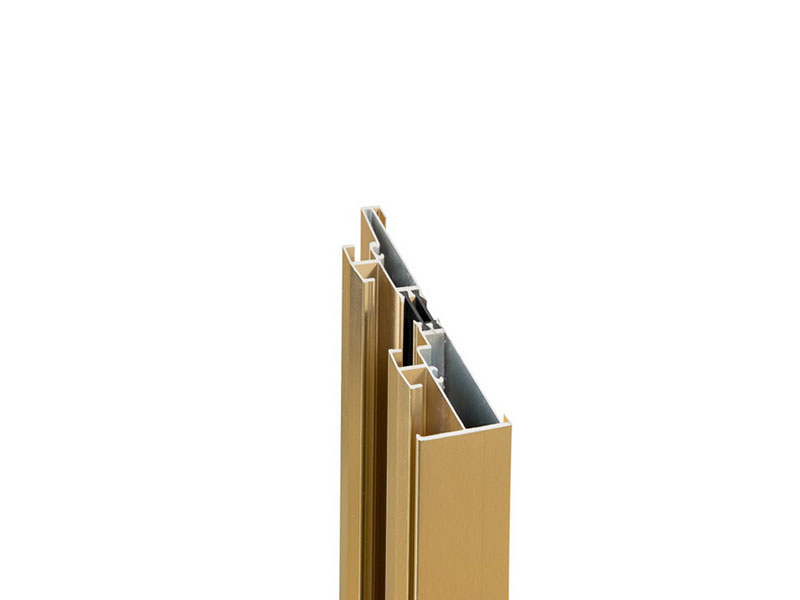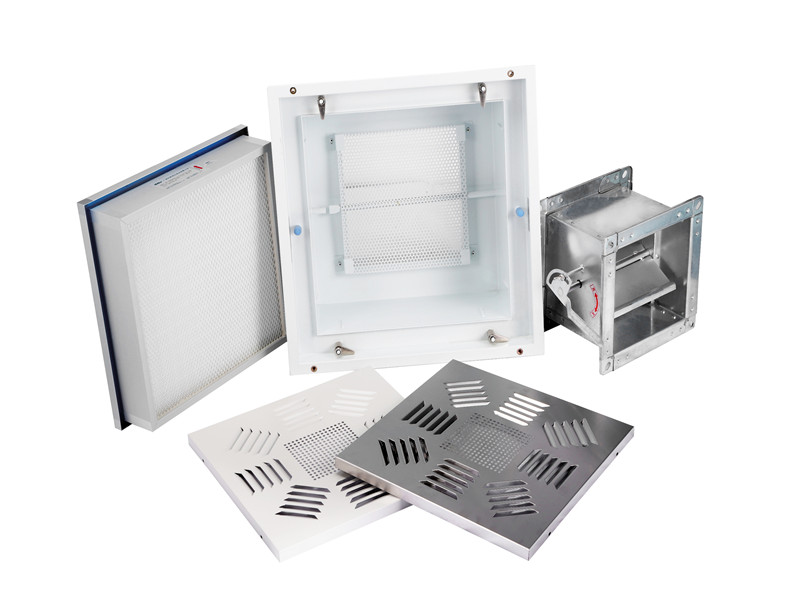
How to solve the problem of low hardness of industrial aluminum profiles?
In the production and processing of industrial aluminum profiles, how to control the hardness is the most important thing. If the aluminum profile is slightly unqualified, the aluminum profile will cause confusion to the user. So how to solve the problem of low hardness of the industrial aluminum profile?
Industrial aluminum profile:
1. Setting and control of the temperature of the aging furnace for industrial aluminum profiles: Generally, there is a certain deviation between the temperature of the aging furnace and the apparent temperature of the aging furnace. When setting the surface temperature, it should be set according to the actual temperature of the furnace. Some physical indicators of aluminum tray coating film are significantly improved compared with other surface treatment films, such as hardness, abrasion resistance, and acid resistance, which can effectively extend the service life of aluminum profiles. To
2. Aging and heat preservation of aluminum profiles: Aging should be carried out in strict accordance with the process requirements, and the heat preservation time should be appropriate to prevent under-ageing or over-ageing from causing insufficient hardness. Industrial aluminum profile is an alloy material with aluminum as the main component. Aluminum rods are melted and extruded to obtain aluminum materials with different cross-sectional shapes, but the proportion of the added alloy is different. The mechanical properties of the industrial aluminum profiles produced are The application areas are also different.
3. The extrusion frame of industrial aluminum profiles should not be too dense, and there must be a gap between the materials, especially the small and thick materials that are not ventilated. When the industrial aluminum pipe material is combined with small material and sheet material in a frame, the pipe material is placed underneath, which is conducive to the aging cycle air supply.
4. Before the industrial aluminum profile is loaded into the furnace, other special alloys and ordinary alloys should be loaded separately for aging. For production reasons, it is necessary to use the special alloy process for aging.
The industrial aluminum profiles produced by extrusion have low hardness before aging and cannot be used as finished products. Therefore, in general, they must be aged to increase their strength. Industrial aluminum profiles are classified according to the fields of application. Industrial aluminum profiles refer to all aluminum profiles except for architectural doors and windows, curtain walls, indoor and outdoor decoration and aluminum profiles for architectural structures. Generally, aging can be divided into natural aging and artificial aging.
Industrial aluminum profile:
1. Setting and control of the temperature of the aging furnace for industrial aluminum profiles: Generally, there is a certain deviation between the temperature of the aging furnace and the apparent temperature of the aging furnace. When setting the surface temperature, it should be set according to the actual temperature of the furnace. Some physical indicators of aluminum tray coating film are significantly improved compared with other surface treatment films, such as hardness, abrasion resistance, and acid resistance, which can effectively extend the service life of aluminum profiles. To
2. Aging and heat preservation of aluminum profiles: Aging should be carried out in strict accordance with the process requirements, and the heat preservation time should be appropriate to prevent under-ageing or over-ageing from causing insufficient hardness. Industrial aluminum profile is an alloy material with aluminum as the main component. Aluminum rods are melted and extruded to obtain aluminum materials with different cross-sectional shapes, but the proportion of the added alloy is different. The mechanical properties of the industrial aluminum profiles produced are The application areas are also different.
3. The extrusion frame of industrial aluminum profiles should not be too dense, and there must be a gap between the materials, especially the small and thick materials that are not ventilated. When the industrial aluminum pipe material is combined with small material and sheet material in a frame, the pipe material is placed underneath, which is conducive to the aging cycle air supply.
4. Before the industrial aluminum profile is loaded into the furnace, other special alloys and ordinary alloys should be loaded separately for aging. For production reasons, it is necessary to use the special alloy process for aging.
The industrial aluminum profiles produced by extrusion have low hardness before aging and cannot be used as finished products. Therefore, in general, they must be aged to increase their strength. Industrial aluminum profiles are classified according to the fields of application. Industrial aluminum profiles refer to all aluminum profiles except for architectural doors and windows, curtain walls, indoor and outdoor decoration and aluminum profiles for architectural structures. Generally, aging can be divided into natural aging and artificial aging.



